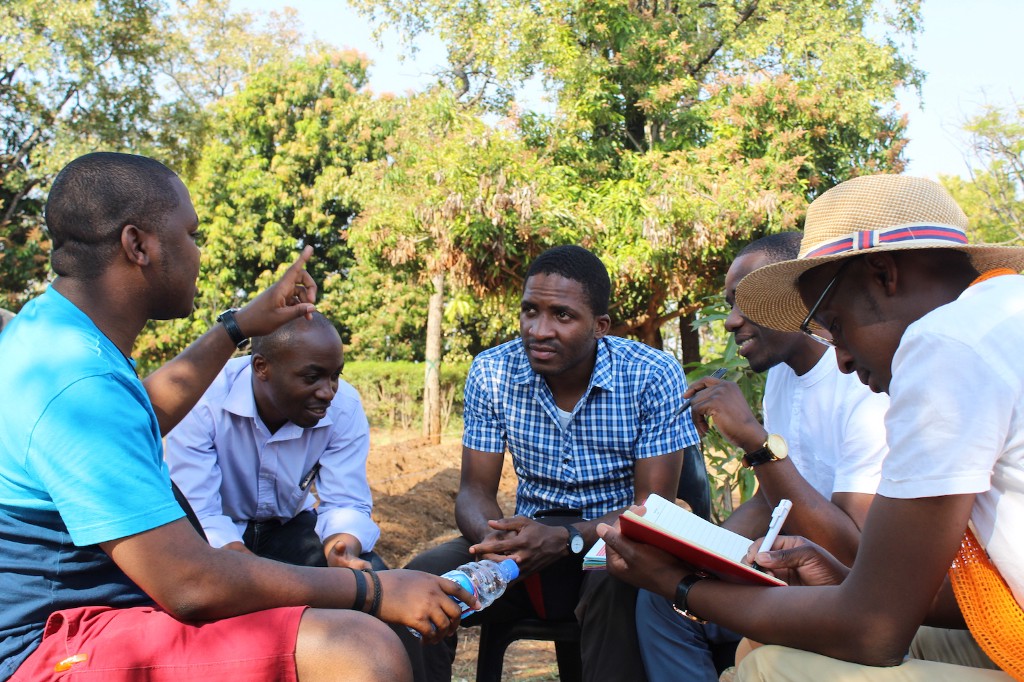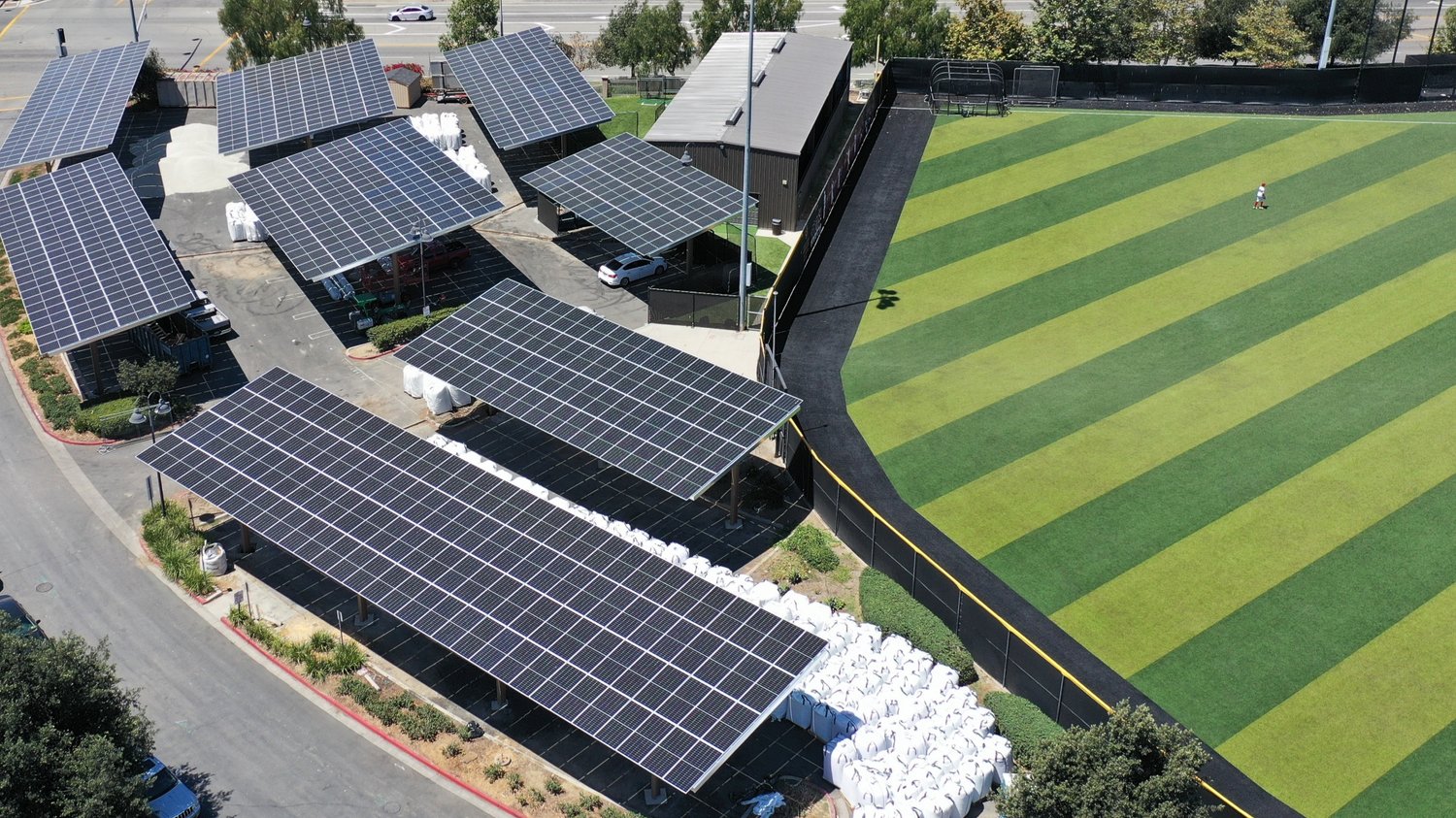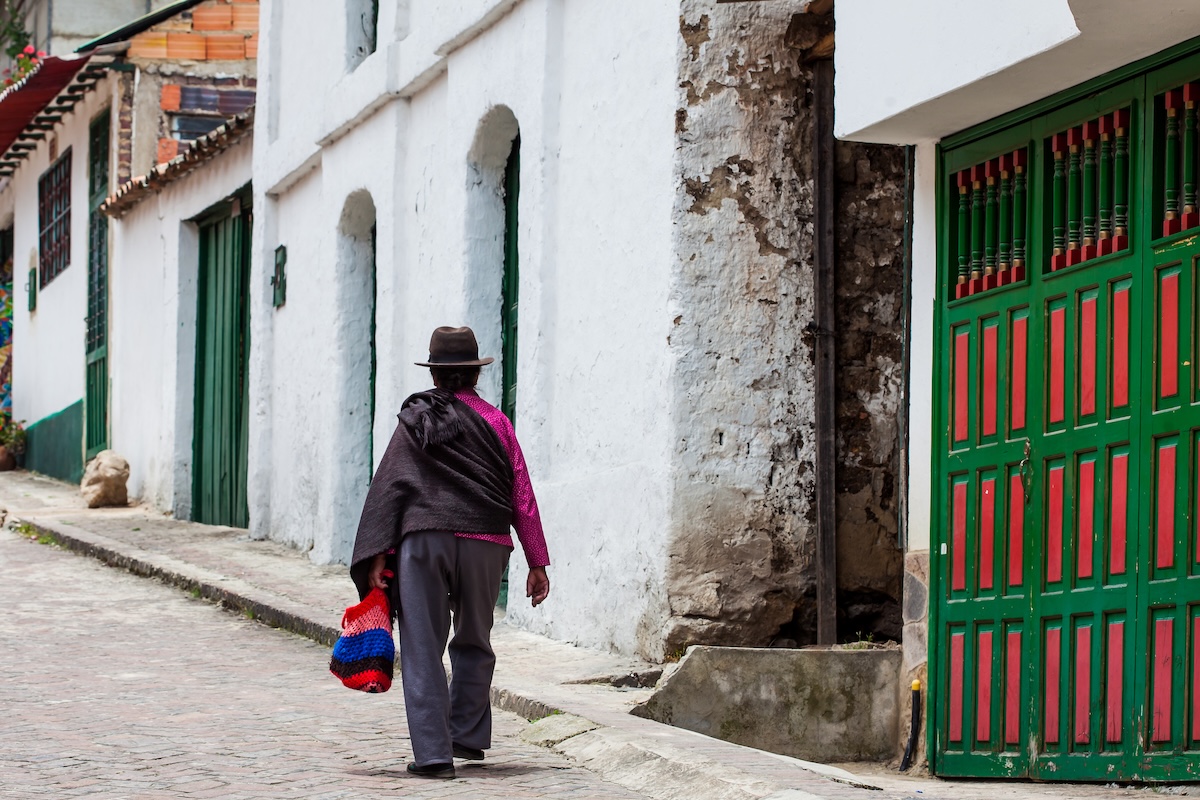Africa’s youth bulge is both a crisis and an opportunity.
By 2035, sub-Saharan Africa will have more working-age people that the rest of world’s regions combined, according to IMF forecasts. By 2055, the continent’s youth population, aged 15–24, is expected to be nearly 500 million, or more than double 2015 levels.
According to the African Development Bank, 12 million young people entered Africa’s labor force in 2015, but only 3.1 million jobs were created. Acquiring work visas can be extremely difficult for Africans, hampering the flow of goods, services, and people across borders. And Africa’s leaders may have a hard time understanding the young and jobless. The median age of Africa’s population is 19.5 years, while the average age of an African president is 62.
The fifth European Union-Africa Summit, to be held later this year, will focus squarely on African youth in terms of migration, security, and employment; the African Union’s theme for 2017 is “Harnessing the Demographic Dividend Through Investments in Youth.”
Youth Connekt Africa, launched by the United Nations Development Programme and the government of Rwanda, encourages youth-friendly policies, such as access to finance and skills development. The World Bank has some concrete suggestions.
Sub-Saharan Africa’s informal economy, one of the largest in the world, provides a kind of cushion. Informal sectors contribute as much as two-thirds of GDP, and account for between 30 and 90 percent of total employment (excluding agriculture).
Informal employment and income provides livelihood to many people who might otherwise be jobless.











